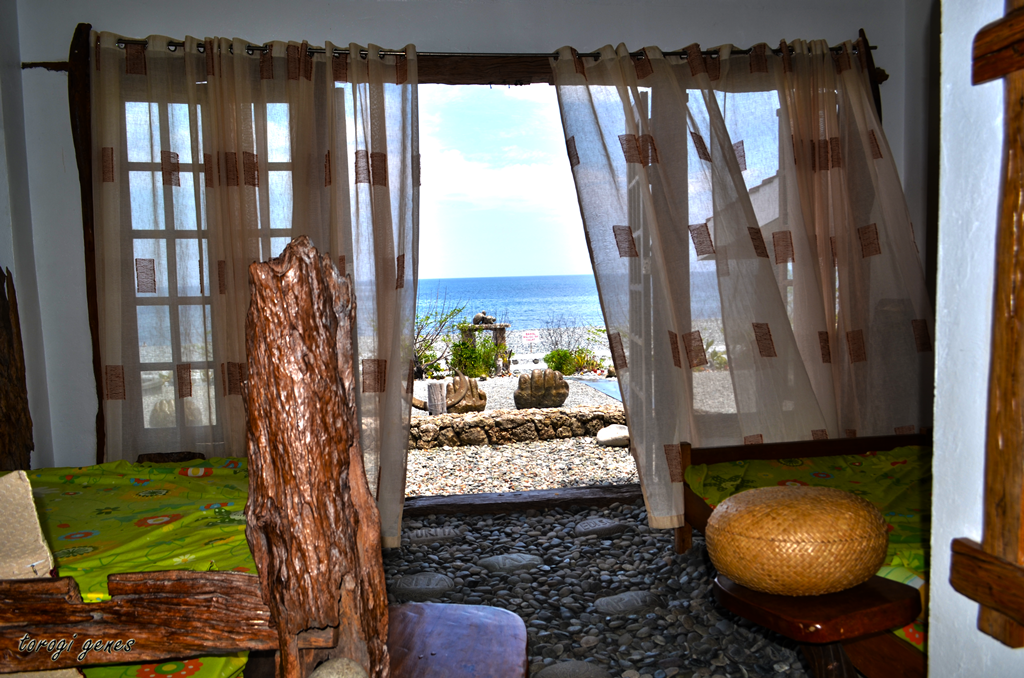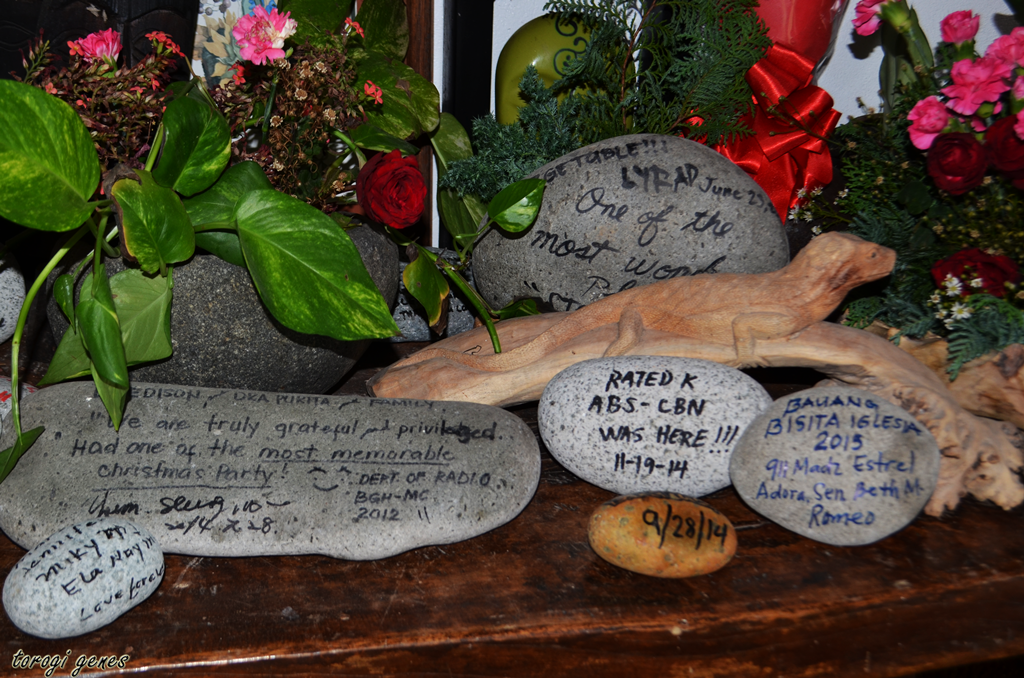MT. KALUGONG ECO PARK
Location: La Trinidad, Benguet, Philippines
Google Map:
Coordinates: 16°27'37"N 120°35'44"E.
Major Jump-Off Areas: Cruz, La Trinidad, Benguet
Contact Details: 09196728888 or 09498980328
Entrance Fee: Php50.00
Entrance Fee: Php50.00
How to Get There: From Baguio City, take a jeepney bound to Tomay,
Acop or Shilan. Drop at Benguet Memorial Services in Brgy. Cruz. The trail
starts at the cemented road at the right side of this establishment.
Description
Of the mountains surrounding
the salad bowl of the Philippines, Mt. Kalugong might be the most popular.
There are three alluring reasons why this mountain is becoming more widely
known. One, it offers a panoramic view of the whole valley and the pastureland
and pine forests at the western portion of the municipality. Notable establishments
seen from the mountain includes the whole stretch of Benguet State University,
Benguet capitol building, La Trinidad municipal hall, strawberry fields, Bureau
of Fisheries and Aquatic Resources fish ponds, and the Balili River snaking
along three-kilometre stretch. Two, Mt. Kalugong offers a quiet place to
relieve the stresses of the urban life. Currently, there are native huts,
benches and tables, swing, and two ziplines erected in the conifer-covered area
of the mountain. This environment is very pleasant to family or group picnics. Three,
for the adventurous persons, Mt. Kalugong offers boulders upon boulders of
limestones of different sizes and shapes.
The name of Mt.
Kalugong came from a local word which means “hat”. This name is coined from a stone
boulder resembling a baseball hat at the southern portion of the mountain as
seen from the eastern part of the valley. Before the place was developed as an
ecological park, the rock formations had been drawing a lot of locals. The area
where it is not covered with limestone was previously used as venue for 4x4 off-road
car racing.
Reminders
·
The Tabangaoen trail is already closed since
2014.
·
Practice the Leave-No-Trace (LNT) principle when
visiting the place.
·
Do not vandalize the stone formations.
Gallery
The limestone formations have always been the biggest asset of the place.
Plants growing at the crevices near the ground.
At the top of the mountain, the panoramic view of the valley can be seen. However, in order to see this you need to move further west.
Buburtak weeds are all over the place. With that being said, bees are also present during the blossoming season.
If you are afraid of heights, this is not your place. Wear clothes suited for climbing rocks upon rocks.
Mt. Jumbo can be seen towards the southeast horizon.
Its as if the rocks were strategically planted on the ground.
Note the size of the rock to the brush.
Don't wander on the limestone area at the heat of the day. It will be hard finding a shaded area.
Lichens cover some surfaces of the stones. Be wary of them to avoid slipping.
Mushrooms growing in a piece of wood wedged between stones.
This part reminds me of NatGeo shows. Its a perfect combination of rocks and greens.
Spot the dragon.
















.png)
.png)








.png)
.png)
































